|
Hey folks. Sorry for the delay between text posts but hopefully my instragram feed has kept you entertained! Today I will talk about my journey of of chair upholstery. Basically this started off from the point where I realised that the cost of the chairs that I wanted was way out of budget and that getting exactly the right colour and shape of chair is quite tricky. So therefore when we found a bargain of a 12-seater dining table the hunt was on for suitable chairs. This lead to me hunting around the antique markets (very frequently) until I found two sets of dining chairs. One set of 6 and one of 4. They weren't the right colour, fabric or finish ...but they were the right shape. Which got me thinking... I should be able to redo these chairs...why not? This is the when the process started. So far I have completed 6 of the 10 chairs I need to do, and its been a steep learning curve. Luckily I found this video tutorial very very helpful and I followed it religiously. The process of redoing the chairs involved multiple stages, as as each stage had to be repeated 6 times (for each of the chairs), it was quite a long process. Step 1: Removing the fabric from the chairs. The trim first needed to be pulled off to reveal the tacks that were holding the fabric to the chair, and these had to be removed one by one. I didn't have any fancy gizmos to help me out in this phase so multiple cups of tea, a screwdriver and some pliers helped ease the tacks off. Step 2: Refinish the wood on the chairs. This was necessary in my case as the wood wasn't the right colour and had a high gloss finish which I wasn't too keen on. This was probably the longest and most difficult phase as the wood is obviously carved and getting varnish out of an intricate carving isn't easy. Some recommended dipping the chairs - but this would have meant removing all the wadding and stuffing of the chairs (which in some cases was original), and this can also weaken the structure of the chair. So after some research I opted for wirebrush and wood stripper. The chairs needed at least two goes at this to get the varnish off which came of in a thick treacle mess. After wiping down the chairs with a lot of soapy warm water, I finished buffing them down with some fine steel wool. 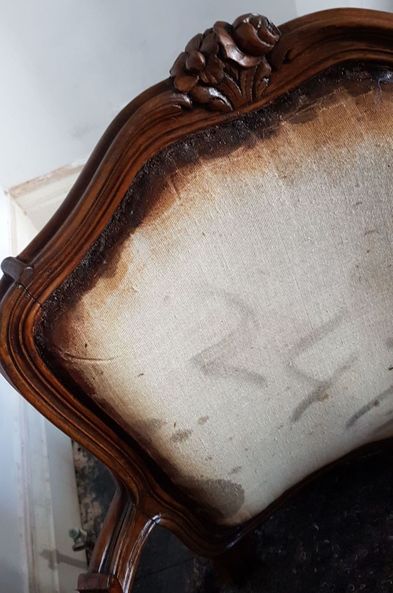 Step 3: Re-finishing the wood. The dining table that we have is a walnut table, so I went for a similar coloured stain. It is quite tricky to match the colours up especially as they are different woods being stained and also the chairs were very porous after the original varnish was stripped off. The finish I opted for was satin, as it is more subtle (nothing else is subtle about this room).
Step 6: Buying and applying the trim. I went for a light taupe colour as couldn't get an exact colour match with the lighter colours and even though I was tempted with the cool electric blue trims, they wouldn't go well with this project. So glue-gun in hand (and loads of spare glue sticks) I just went around over the staples and fabric edges with the trim and voila! All 6 chairs done. I think it took me around 10-11 hours per chair in the end. I might be faster on the next set of chairs... marginally.
2 Comments
isabella mahoney
25/9/2017 06:08:43 pm
Well done Pete. Guess you're learning what satisfaction and pride you feel when you manage to do something yourself. The effect is contagious and will spur you to challenge yourself further. Looking forward to one day being able to visit. xxxxxx
Reply
Louisa Grech
25/9/2017 07:22:24 pm
Prosit my darling. You're turning your hand to many new challenges and learning in the process. Keep it up! You have good tastes, so all the more satisfying.🤗
Reply
Leave a Reply. |
Categories
All
|
Award winning Interior Design & Styling - Cheshire, UK
Copyright © 2022

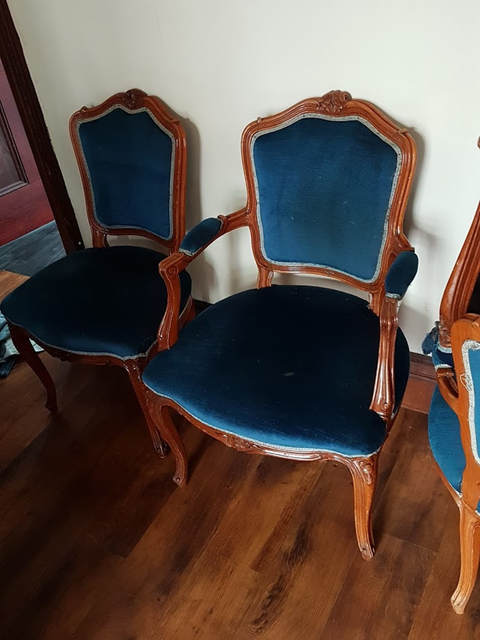
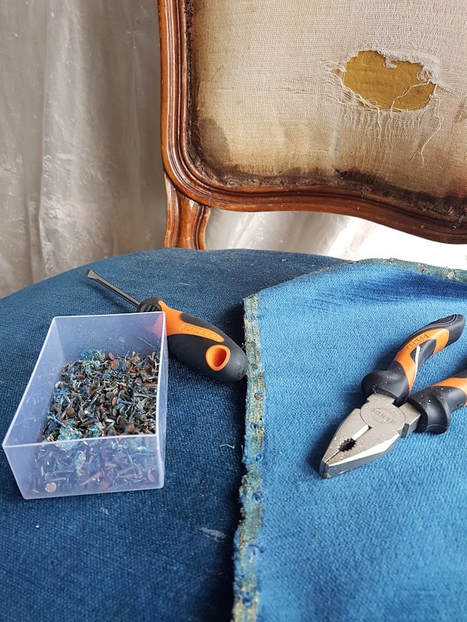
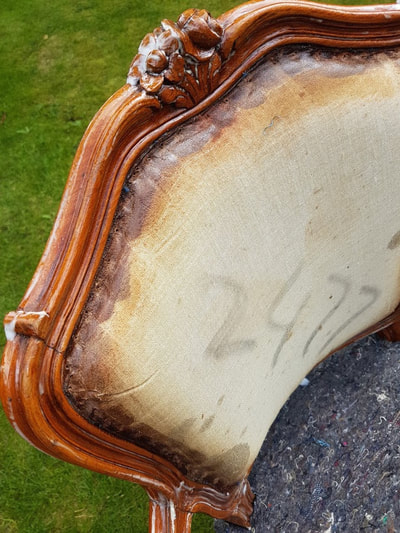
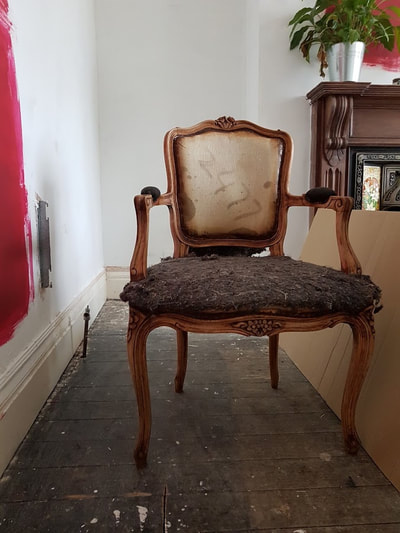
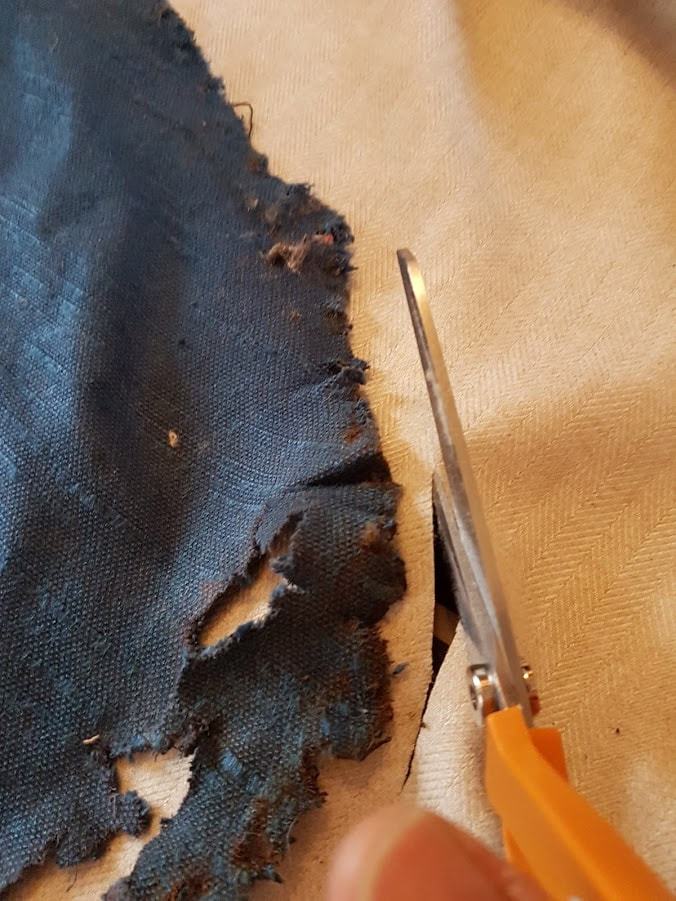
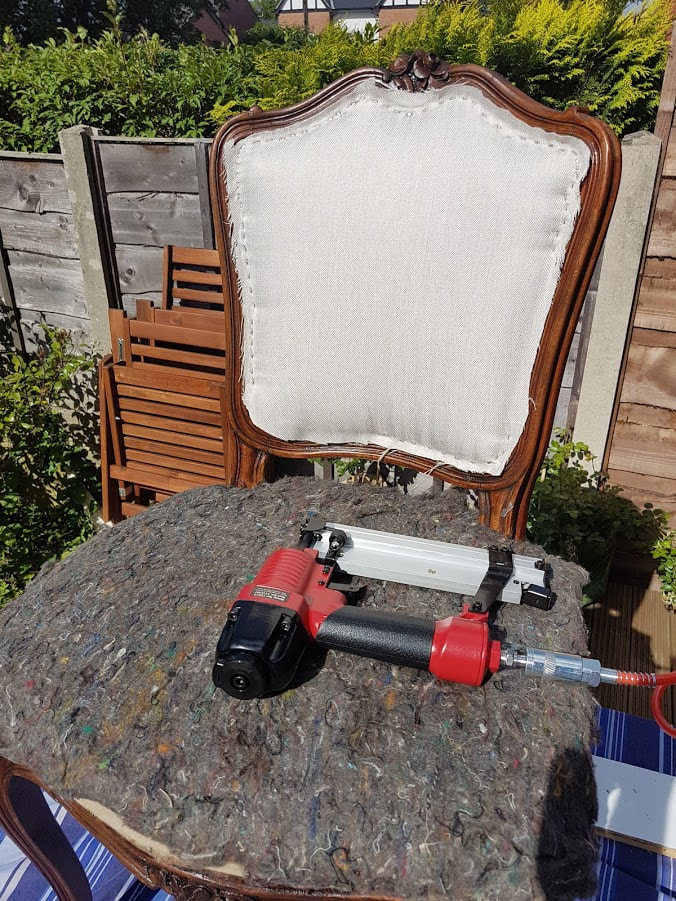
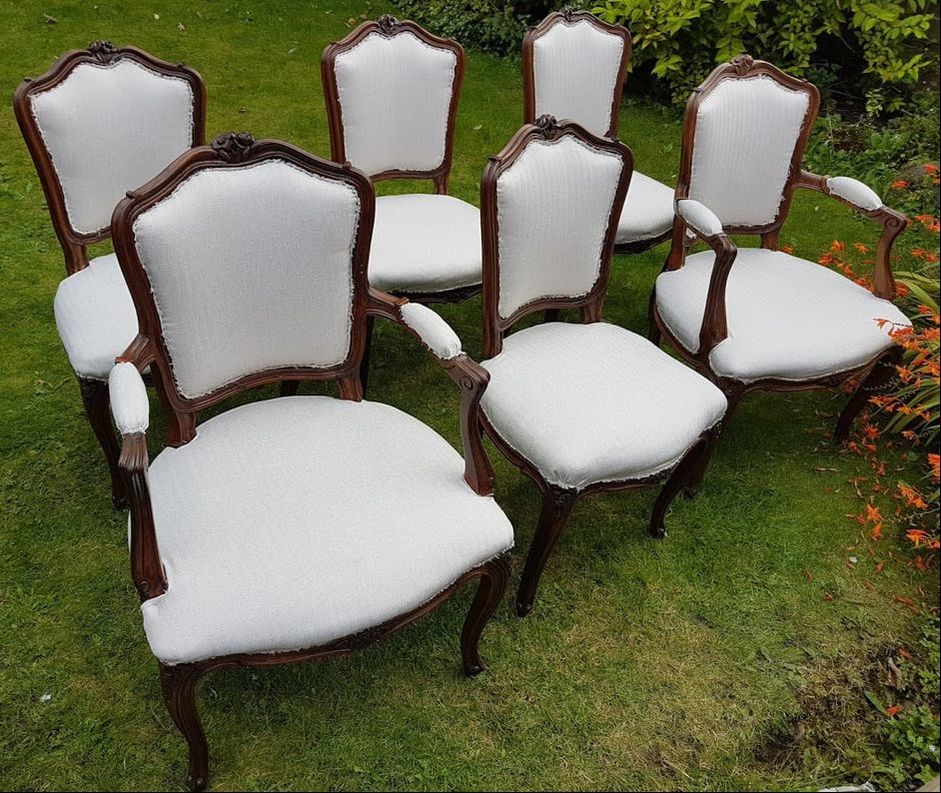
 RSS Feed
RSS Feed







